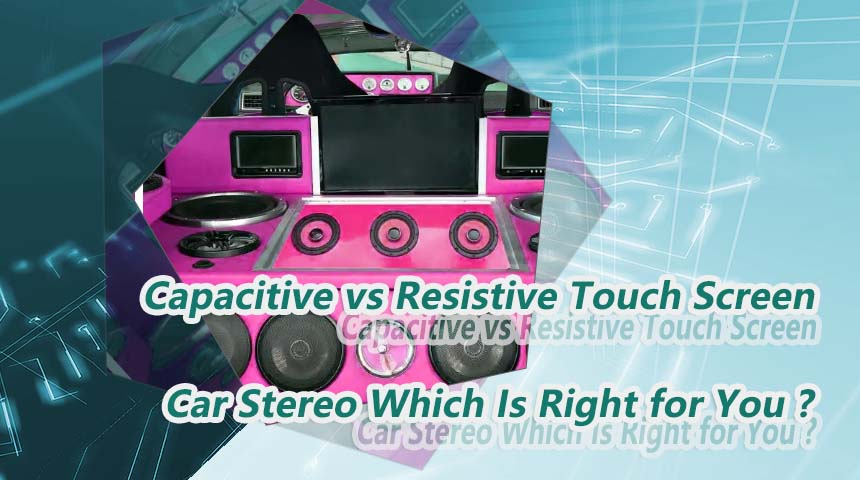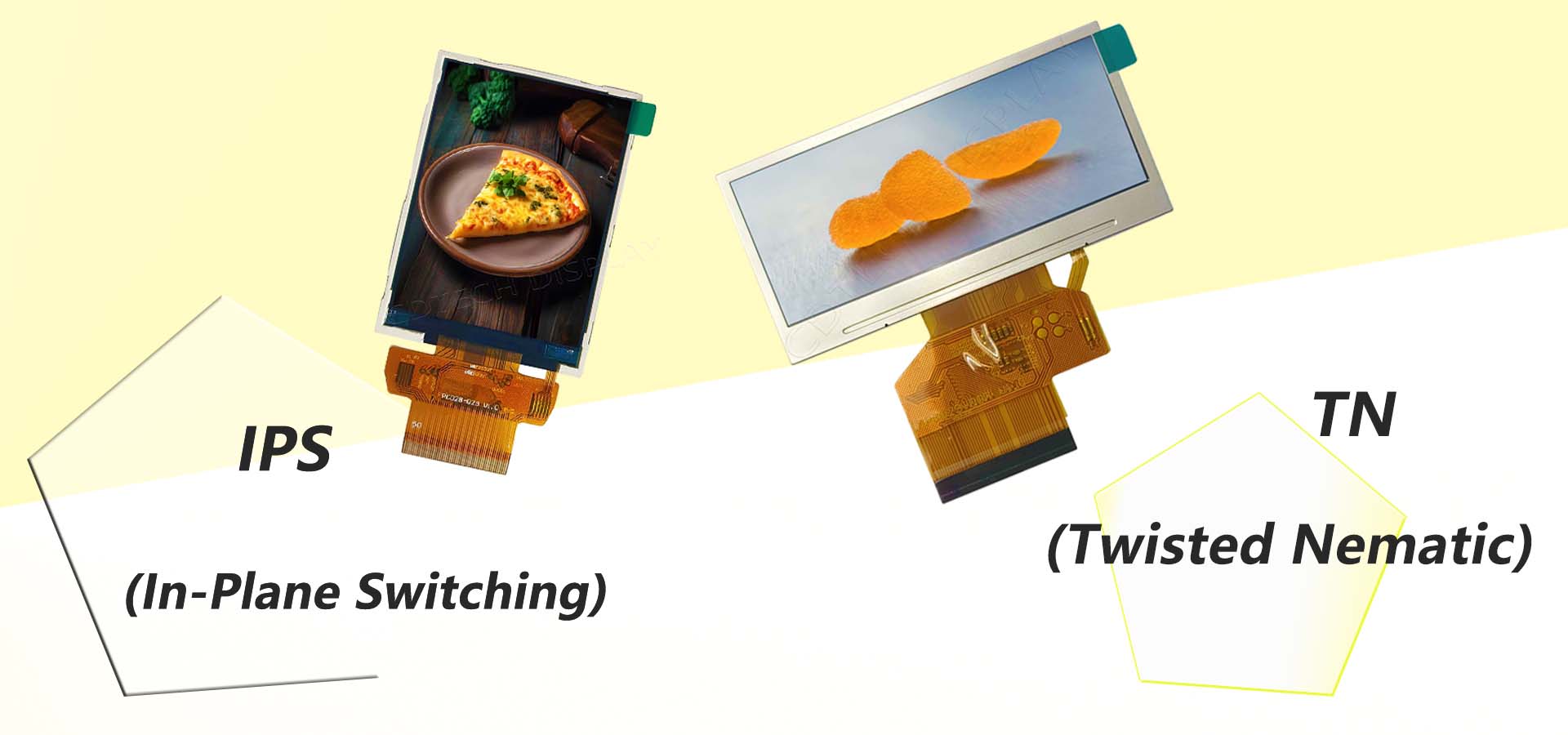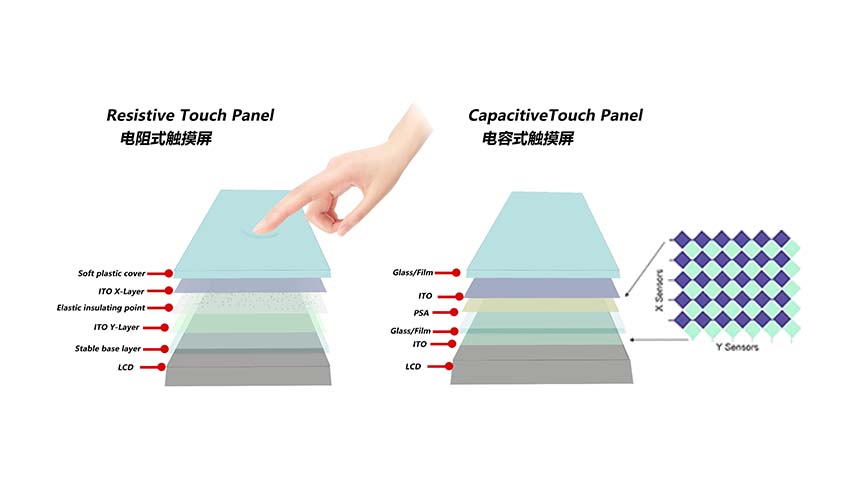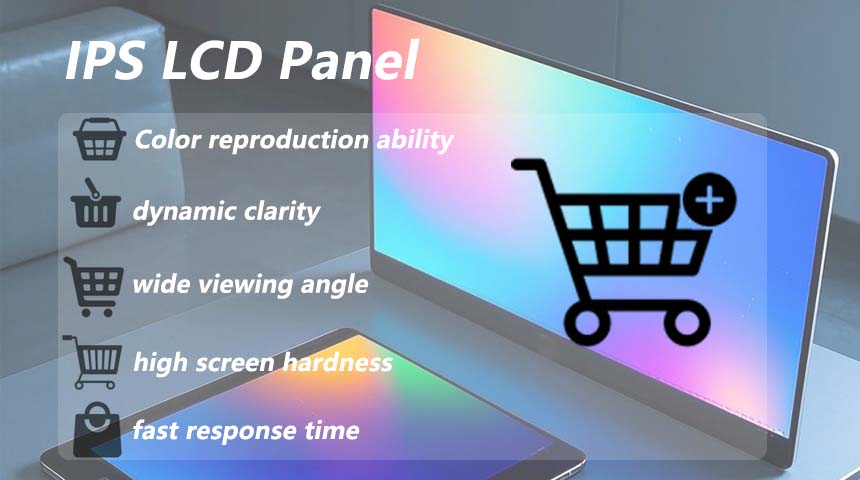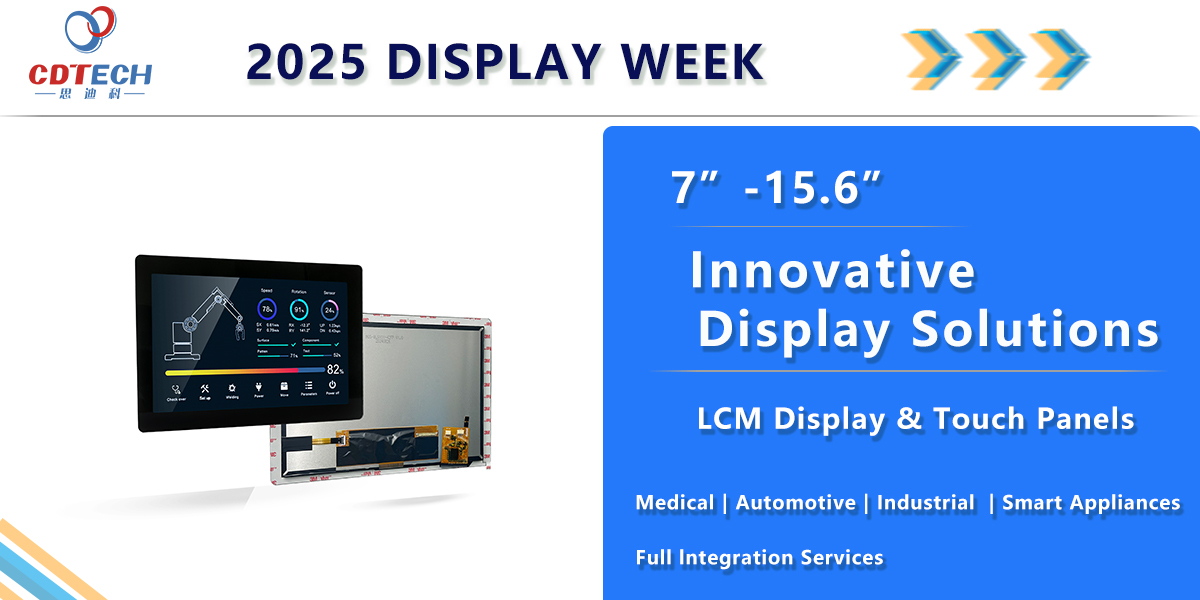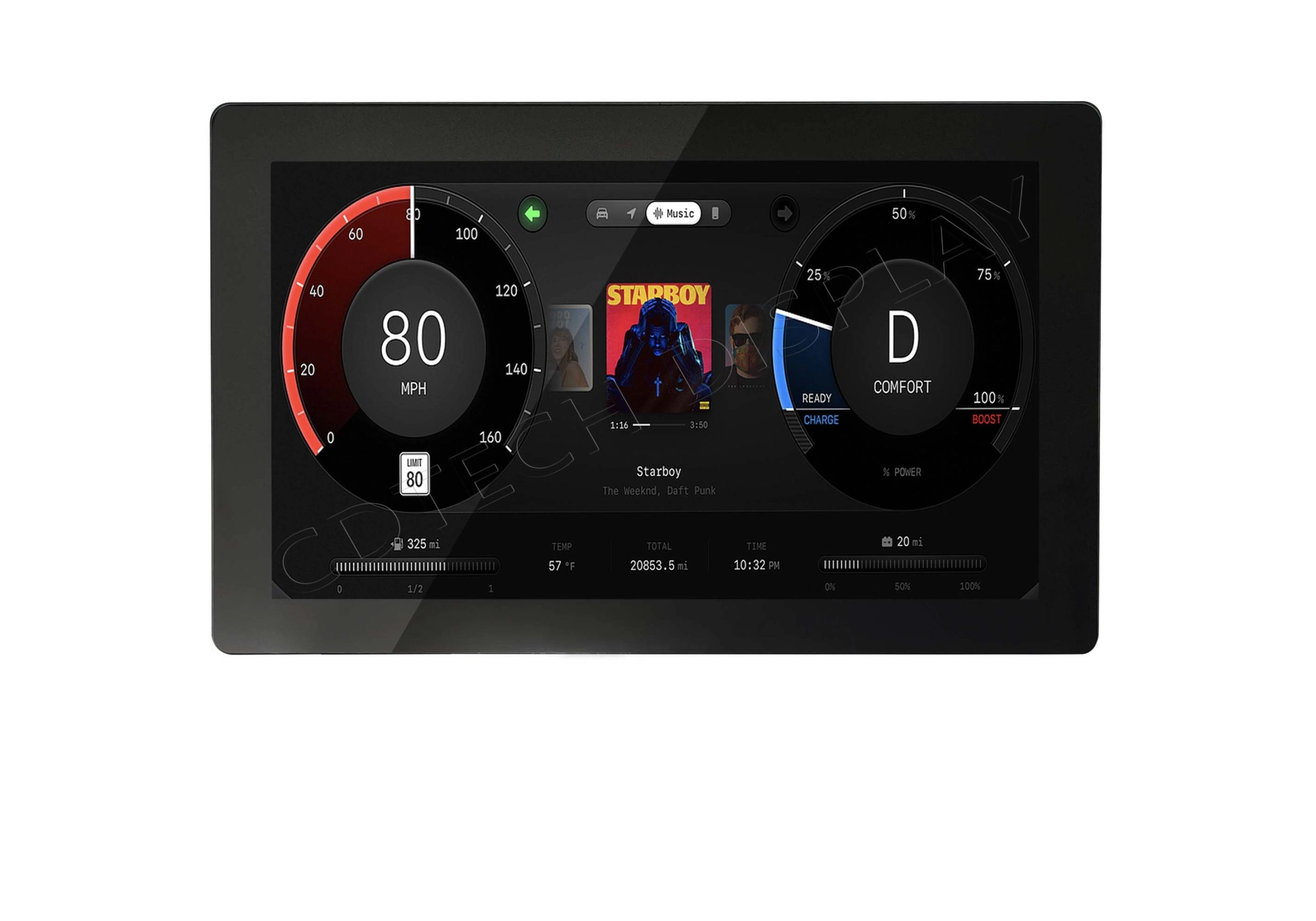Comparing Different Types of Touch Screen LCD Displays for Experts Introduction
Introduction
Touchscreen LCDs are a big part of today’s technology. They make using things easier in many fields. From smart home gadgets to big machines, these screens help people work better. Knowing how they work and where they’re used helps pick the right one for different jobs.
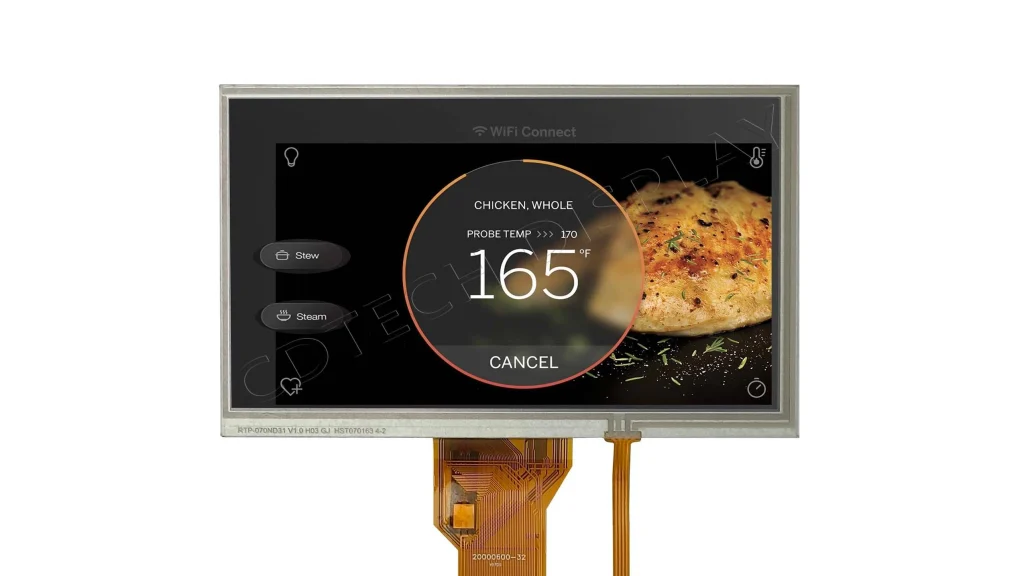
Overview of Touch Screen LCD Technologies
Resistive Touch Screens
Resistive touch screens are one of the oldest types. They notice when you press the screen. Two layers inside touch each other when pushed. These screens are cheap and work with fingers, pens, or gloves. But they don’t show pictures as clearly because of their layers.
Surface Capacitive Touch Screens
Surface capacitive screens use a special coating. It reacts to a finger’s electric charge. These screens last longer and show clearer pictures than resistive ones. But they only work with bare fingers, not gloves or pens.
Projected Capacitive (P-Cap) Touch Screens
P-Cap touch screens are popular in phones and fancy devices. They use a grid under glass to sense touch. They’re great for multiple touches at once, respond fast, and last long. Plus, they block false touches from water or wet hands. This makes them good for places like kitchens or bathrooms.
Surface Acoustic Wave (SAW) Touch Screens
SAW screens use sound waves across the surface. When you touch, the waves stop at that spot. These screens show clear pictures and are strong. But dust or water can mess them up.
Infrared (IR) Touch Screens
Infrared screens use lights and sensors around the edges. They make a light grid. When you touch, it breaks the grid, and the system finds the spot. IR screens handle multiple touches and work with any object. But bright light can cause problems.
Optical Imaging Touch Screens
Optical imaging uses cameras and lights at the edges to spot touches. It works for big screens but isn’t as exact as other types.
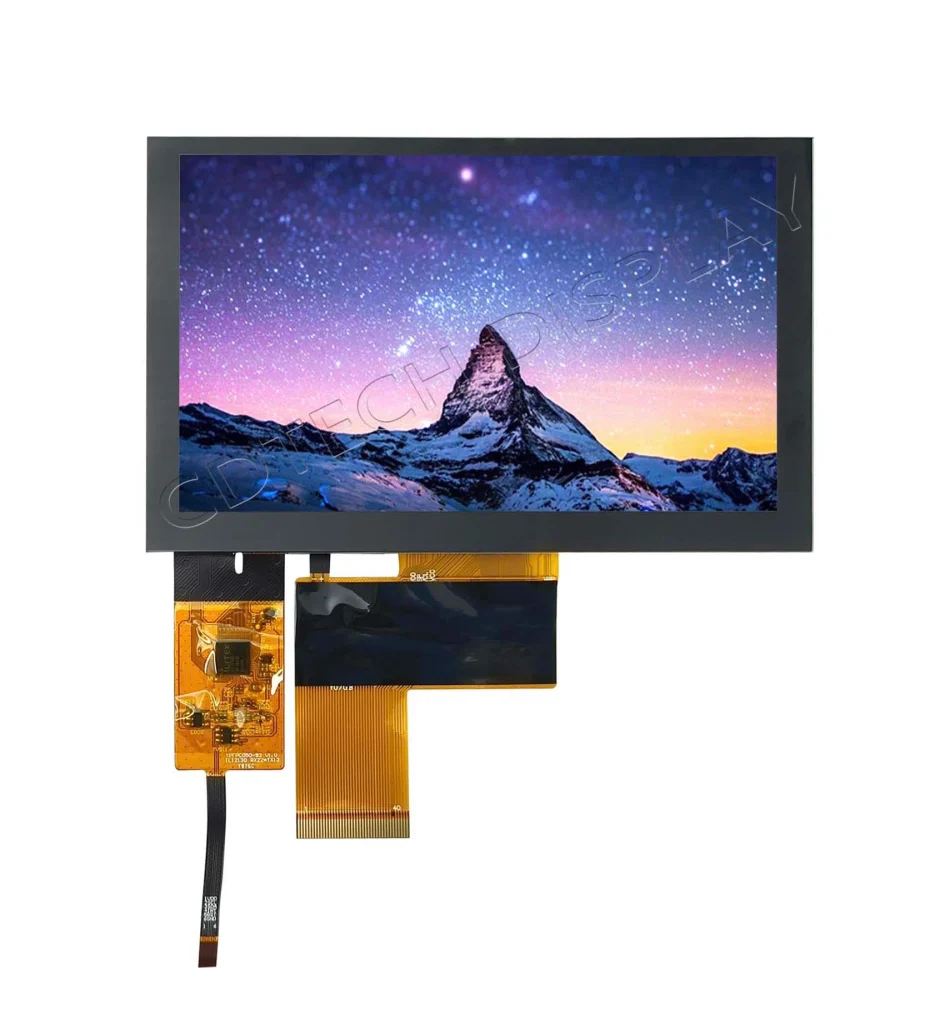
LCD Display Types & Touch Integration
TN, IPS, and VA LCD Panel Characteristics
LCD screens come in three main types: TN, IPS, and VA. TN screens are quick but have narrow viewing angles and less color. IPS screens show bright colors and wide angles, great for pro work. VA screens balance color and angles but are slower than TN.
CDTech’s TFT LCD modules fit many needs. For example, their bar-type displays work in smart home gadgets. Most TFT screens have a 4:3 or 16:9 shape, but custom sizes help special projects.
Impact of Touch Overlay on Visual Quality and Response
A touch layer can make screens a bit dimmer or add reflections if not done right. Good bonding methods cut reflections and boost clarity. This helps screens look sharp in different lights.
Comparative Analysis of Touch Types
Activation Methods and Input Flexibility
Resistive screens work with gloves, pens, or fingers. Capacitive screens need bare fingers or special tools. IR and optical imaging work with anything but aren’t as precise as P-Cap.
Image Clarity, Durability, and Multitouch Capability
P-Cap screens are great for multiple touches and clear pictures because they use one glass layer. SAW screens also look clear but aren’t as tough in dusty or wet places. Bar-type TFT modules have strong glass with anti-smudge coatings. This keeps them clear and tough.
Environmental Robustness (Dust, Moisture, EMI/RFI)
P-Cap screens handle dust and water well because they’re sealed. Resistive screens wear out faster in tough spots. Our bar-type TFT displays block false touches from water, so they’re perfect for kitchens or bathrooms.
Size Scalability and Application Suitability
IR and optical imaging work for big screens, like in meeting rooms or public kiosks. P-Cap is best for small devices, like phones or medical tools, needing exact touches.
Performance & User Experience Factors
Touch Accuracy and Response Time
P-Cap screens are super accurate and fast because of their smart sensor grid. Resistive screens are slower since they rely on pressure.
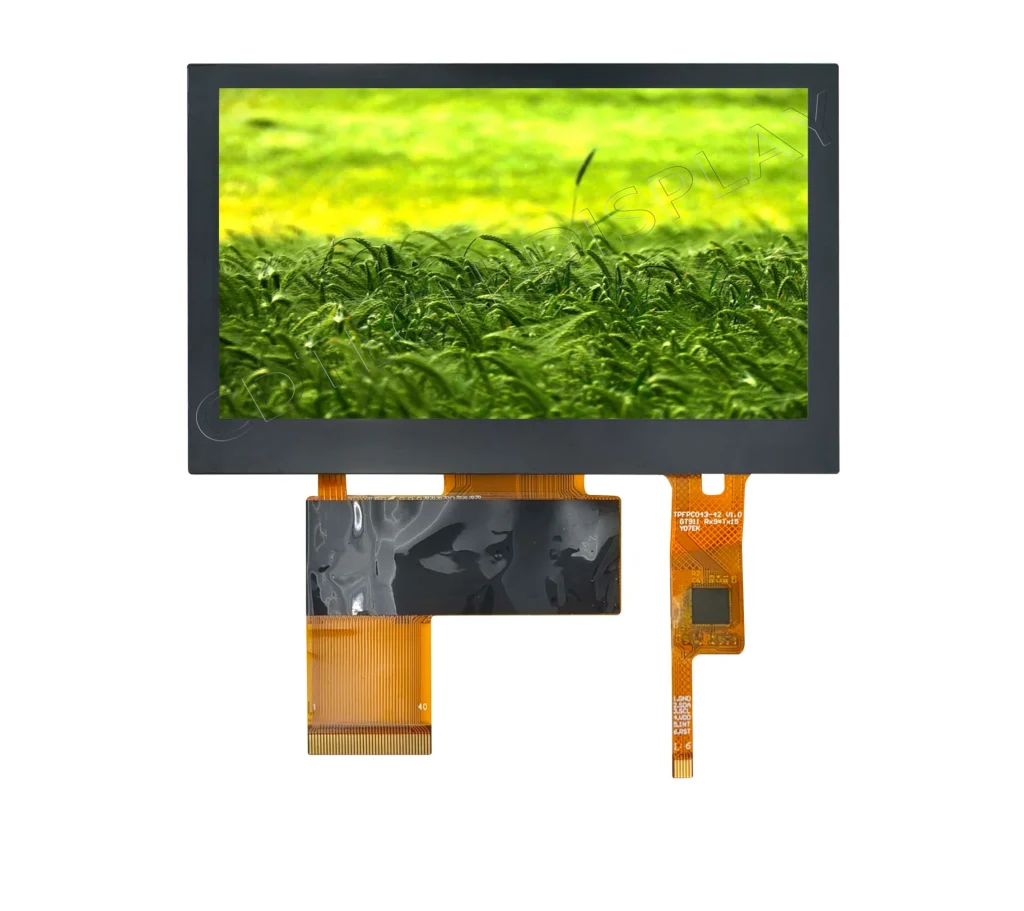
Sensor Interference and Signal Processing
Things like electric noise (EMI) can bother some screens. P-Cap systems use clever tricks to avoid these issues, keeping touches smooth.
Gesture Support and Multitouch Features
P-Cap screens handle gestures like pinch-to-zoom well. Resistive screens can’t do this because of their simple design.
Material, Manufacturing & Cost Considerations
Construction Materials (glass, film layers, nanowires)
Materials matter a lot. They affect how long screens last, how clear they are, and their price. For example, bar-type TFT modules use strong glass with anti-glare coatings. This makes them last longer.
Production Complexity and Price Drivers
Making fancy features, like multiple touches or special sizes, takes more work. CDTech offers custom cover lenses that look nice for brands. We keep prices fair by making production smart.
Summary of Key Trade-offs
|
Feature |
Best Technology |
Key Applications |
|
Input Flexibility |
Resistive |
Industrial controls requiring glove compatibility |
|
Image Clarity |
Projected Capacitive |
Smartphones demanding high-resolution visuals |
|
Environmental Robustness |
Projected Capacitive |
Kitchen appliances exposed to moisture |
|
Size Scalability |
Infrared/Optical Imaging |
Large-format displays like public kiosks |
|
Cost Efficiency |
Resistive |
Budget-friendly solutions where multitouch isn’t critical |
This table helps pick the right touchscreen LCD for different jobs.
Special Use Cases & Emerging Technologies
Large-Format Interactive Displays
Big interactive screens are growing in schools, offices, and public places. They let many people touch at once, great for teamwork or talks. IR and optical imaging screens work well because they handle big sizes and multiple touches. Adding gesture controls makes them even smoother to use.
Industrial and Harsh-Environment Requirements
In tough places, like factories or wet areas, screens must stay strong. They face heat, water, or dust. Bar-type TFT modules use strong glass with anti-smudge coatings. P-Cap technology also fights electric noise (EMI). These are great for jobs in building, transport, or healthcare.
Innovative Solutions (e.g., transparent overlays via thin-film)
New ideas, like see-through touch layers, are changing screens. These work for cool things like augmented reality or car displays. CDTech makes custom cover lenses with logos or colored glass. These keep brands looking good while working well.
Choosing the Right Touch-LCD Combination
Use-Case Matching and Decision Criteria
Picking the right screen depends on the job. Resistive screens are good for machines needing gloves. P-Cap is best for gadgets like phones needing exact touches. CDTech’s bar-type TFT LCD modules fit smart home tools, like fridges or ovens. Their slim shapes and clear pixels show info well without ruining the look.
Balancing Clarity, Durability, and Scalability
A good screen needs clear pictures, strength, and the right size. P-Cap screens look sharp because they use one glass layer, but they cost more. Strong glass with anti-glare coatings lasts long, even with lots of use. For big screens, like in meeting rooms, IR or optical imaging works better. CDTech offers choices for small gadgets or big systems.
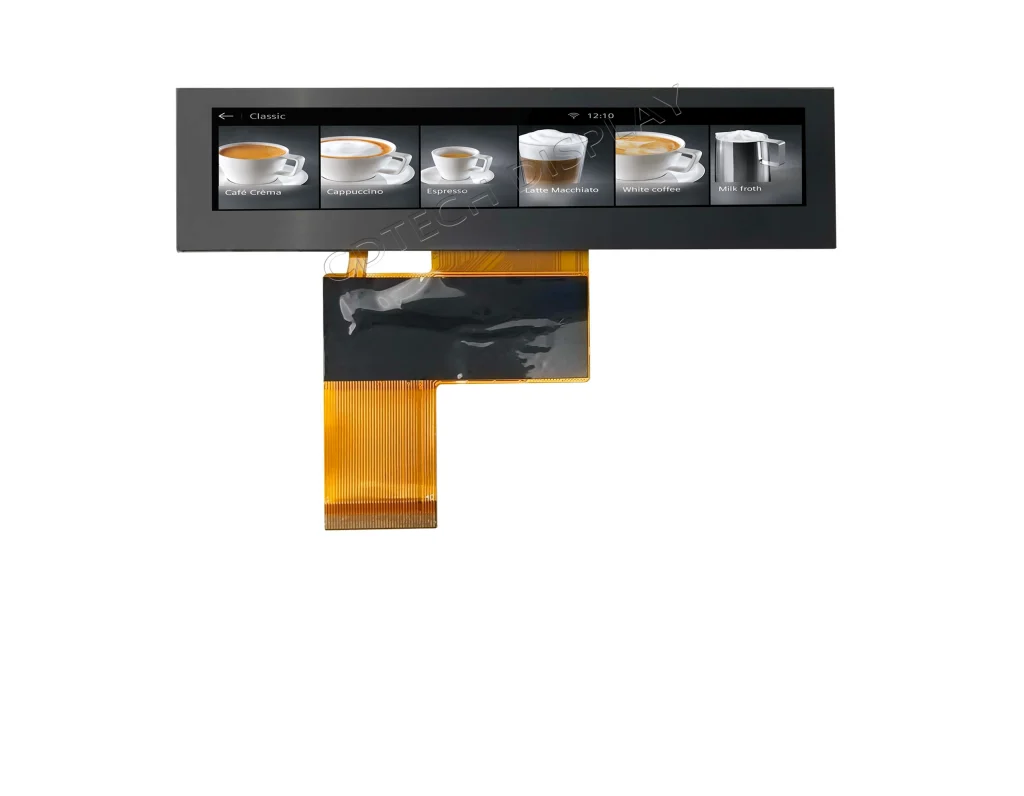
CDTech: A Trusted Partner in Touch Screen LCD Solutions
CDTech’s Expertise in Advanced Display Technologies
Tailored Solutions for Diverse Applications
CDTech’s TFT LCD modules fit many industries. Our bar-type displays are made for smart home tools, like air purifiers or ovens, where space is tight. We offer custom sizes and resolutions to meet special needs.
Commitment to Quality and Innovation
We make sure every product meets high standards. Our screens use energy-saving lights to work better and help the planet. This mix of quality and new ideas keeps us ahead.
Customer-Centric Approach in Design & Support
We focus on what customers need. From start to finish, we help design and support products. This ensures clients get exactly what they want.
What Experts Should Watch in Touch Display Innovation
Experts should look at new materials that make screens tougher without losing clarity or speed. Things like nanowire sensors could make screens more sensitive and cheaper. Also, adding AI for gesture controls will open new uses in many fields.
FAQ
Q: Can CDTech customize touchscreen LCDs?
A: Yes, we create special solutions for custom projects. Our TFT screens with touch panels can be tailored to fit customer needs.
Q: What makes bar-type TFT modules suitable for smart home appliances?
A: Bar-type TFT modules have strong glass with anti-smudge coatings. They’re bright and can be customized to look great in modern appliances.
Q: How does CDTech ensure product quality?
A: Our LCD modules, touch panels, and boards are built to meet top standards. We design and make them with care for quality.

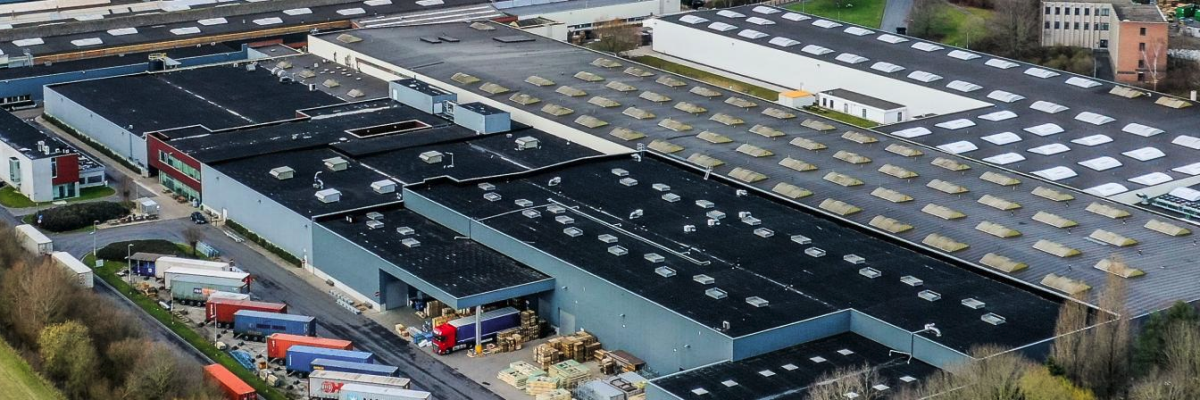
 2025-06-26
2025-06-26  11:50
11:50 